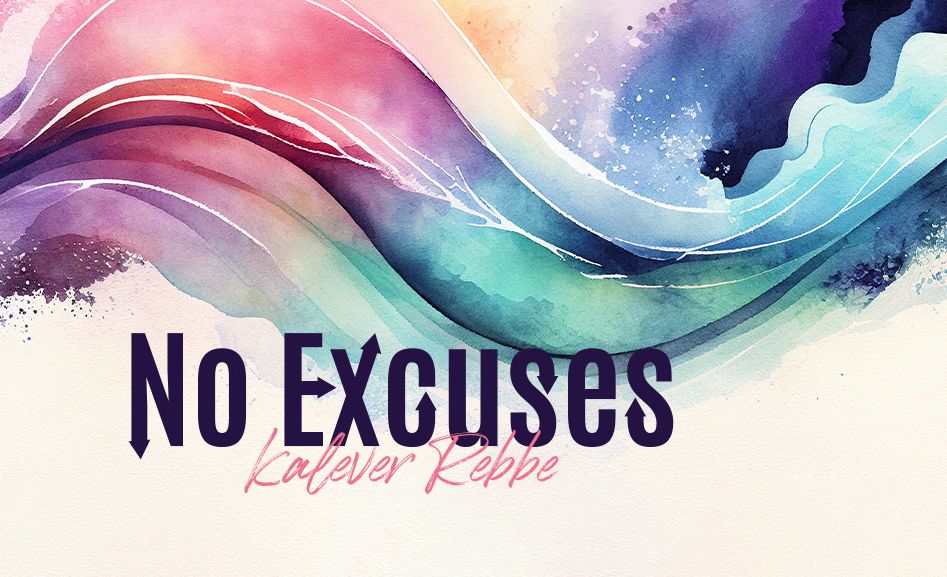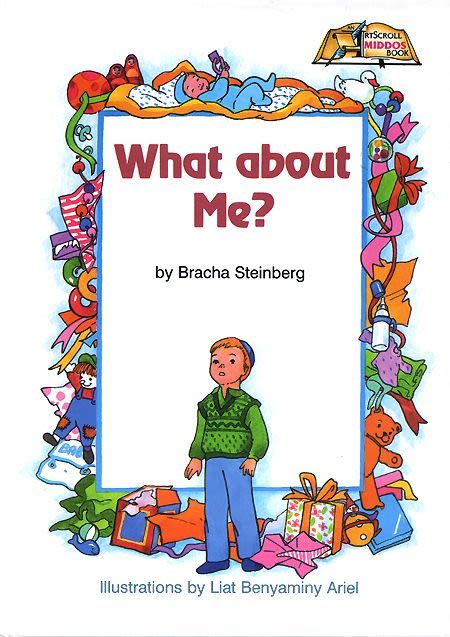
Not Just a Face in the Crowd
"Excuse me, sir," the attendant whispered and then paused, searching for the right words. "You have...noodles hanging from your pockets."

My friend Yoni (a pseudonym) is a ba'al teshuvah, a newly observant Jew. He tells this story: He was meeting an old friend in a restaurant, a non-kosher establishment — in Texas, no less. (Although Yoni was there to meet, not eat.)
Like some Orthodox Jews, Yoni covers his head in public and wears his tzitzis (ritual fringes) out. He was thus outfitted that day, which may have been a first for that eatery. As Yoni got up to leave, a restaurant employee eyed his dangling strings and approached him cautiously, incredulously.
"Excuse me, sir," the attendant whispered and then paused, searching for the right words. "You have . . . noodles hanging from your pockets."
Welcome to the world of the visible Jew, or in this case, the visibly religious Jew. It can be a mighty interesting place.
As the name implies, a visibly religious Jew, a VRJ, is one whose garb or other externals publicly identify him or her not only as a Jew, but as an observant one. The markers: A kipah. Tzitzis. A fedora, perhaps. Maybe payos. And for women, covered hair and modest attire, including long skirts rather than pants.
"Props perhaps," wrote Baila Olidort in "Wellsprings" magazine, "but they tell a story more compelling than words."
The stories vary with the wearer, but the underlying philosophical statement they make does not: Judaism is such an integral part of my life that I am willing to look different than others as well as act differently. The VRJ philosophy is in keeping with the time-honored Jewish notion that we are — and should continue to be — not only first-class menschen, but a distinctive, and sometimes separate, people. ( A chai or a Star of David worn around the neck sends a similar message. However, those articles are not included here because they are not necessarily indicators of *religious* commitment).
The process of becoming a VRJ can be slow and fitful for the same reasons that it is meaningful. That is, it takes courage and commitment to buck secular social norms and publicly broadcast one's religious worldview.
It took me a while, for example, to clear the "kipah barrier," that succession of psychological hurdles that confronts some men who are in the process of publicly declaring their Jewishness for the first time.
To visualize the "kipah barrier," think of a series of concentric circles, each succeeding one delineating a new and expanded zone of comfort in which someone is willing to be seen wearing his head covering. Travel in these precincts, however, can be painstakingly slow due to self-consciousness on the part of the newcomer — even in a putatively religious community.
The first zone of comfort, typically, might encompass one's property. The next zone: The rest of the block, followed by the entire neighborhood. Eventually, the mall, the subway and beyond. At each step, though, the background question lingers: If I bump into so-and-so from a previous life, how will I explain my new "look" without sounding weird?
The workplace is often the final frontier (although wearing a kipah there is not necessarily a halachic [Jewish Law] imperative). Many assimilated Jews who rediscover their religious roots recall having reached the point where they felt comfortable wearing a kipah almost anywhere — certainly wherever they were among other religious Jews or, alternatively, in settings where they enjoyed anonymity.
But the workplace — among non-religious and non-Jewish colleagues who had long known them in an entirely secular context — was a different story. Too much baggage. Too many questions. Too many opportunities for embarrassment.
As a result, they'd typically commute to work wearing a kipah, but furtively remove it just before entering the office — and repeat the process in reverse after work. In one case, though, the newly observant Jew told me he was shamed into leaving his kipah on, not by a Jew, but by a gentile colleague who confronted him when he saw him remove his kipah in the company parking lot.
"You should be ashamed of yourself," the gentile told him, and lectured him on the importance of taking pride in one's identity and celebrating that fact, regardless of where he happens to find himself.
"So I thought about it for 48 hours," the Jew said, "and got the courage to put a kipah on my head and keep it on while I was in the office. For about 24 hours, people would come by [and ask] was it a holiday or what? And I dealt with the questions, and that was it."
In that respect, his experience apparently was not atypical. Most of the kipah-wearers I spoke with said the initial workplace "curiosity storm" lasted no more a few days to a week.
Being a VRJ is not only a declaration of religious identity, a membership card in the club of believers. It is also an invitation for others to view us through whatever prism they define as "Jewish."
The reaction from fellow Jews (non-VRJs) runs the gamut, although some seem to assume that the VRJ (if male) is a rabbi. Why else would a Jew walk around that way in public?
Yet some of the same Jews seem drawn to us, perhaps because we're a visible link to something they value, a remembrance. Sometimes, I think, we give them an opportunity to declare their own Jewishness.
In the supermarket, for example, I've repeatedly had people who don't appear to be Jewish wish me a good yontif or go out of their way to say something in Yiddish or Hebrew or make some other Jewish reference. They didn't know me from Avraham; but they did know I was a Jew. And they wanted it known that they were, too. A connection was formed — however fleeting — and it wouldn't have happened if not for my visibility. At times like that, being a VRJ is a public service.
Meanwhile, my interaction with non-Jews has been overwhelmingly positive, precisely I think, because I am a VRJ. I've heard this from other VRJs, too. I think many Gentiles respect someone who is willing to go public with his or her Jewishness.
That's one of the perks of being a VRJ. But it comes with strings attached, and I don't mean tzitzis. A visible Jew is a de facto ambassador for an entire religion, and as a result, has a responsibility to maintain especially high ethical and moral standards. When the spotlight is shining on your kipah, it's a potent reminder to behave properly and treat others with respect and kindness — whether they're panhandlers or businesspeople.
Not long after I became a VRJ, a gentile merchant mistakenly undercharged me for a major appliance purchase. In my pre-VRJ days, I'm not sure exactly what I would have done. In this case, however, I corrected the error on the spot — not only because it was the right thing to do, but because I knew that the merchant knew that a Jew (me) was on the other side of the counter. In my mind, I was representing all Jews when I told him to double check his figures. When he was finished with his math, he looked up from his calculator, smiled sheepishly and thanked me graciously. Any doubts I might still have had about being a visibly religious Jew evaporated pretty quickly after that.
* * *
(Richard Greenberg, a Washington area writer, is the author of the book "Pathways: Jews Who Return," published by Jason Aronson Inc. "Pathways" is a collection of stories told by once-assimilated Jews who have come to reconnect with their spiritual roots. Mr. Greenberg is available to discuss his book and related matters at 301-649-0846 or Rickg613@aol.com.)











Tell us what you think!
Thank you for your comment!
It will be published after approval by the Editor.